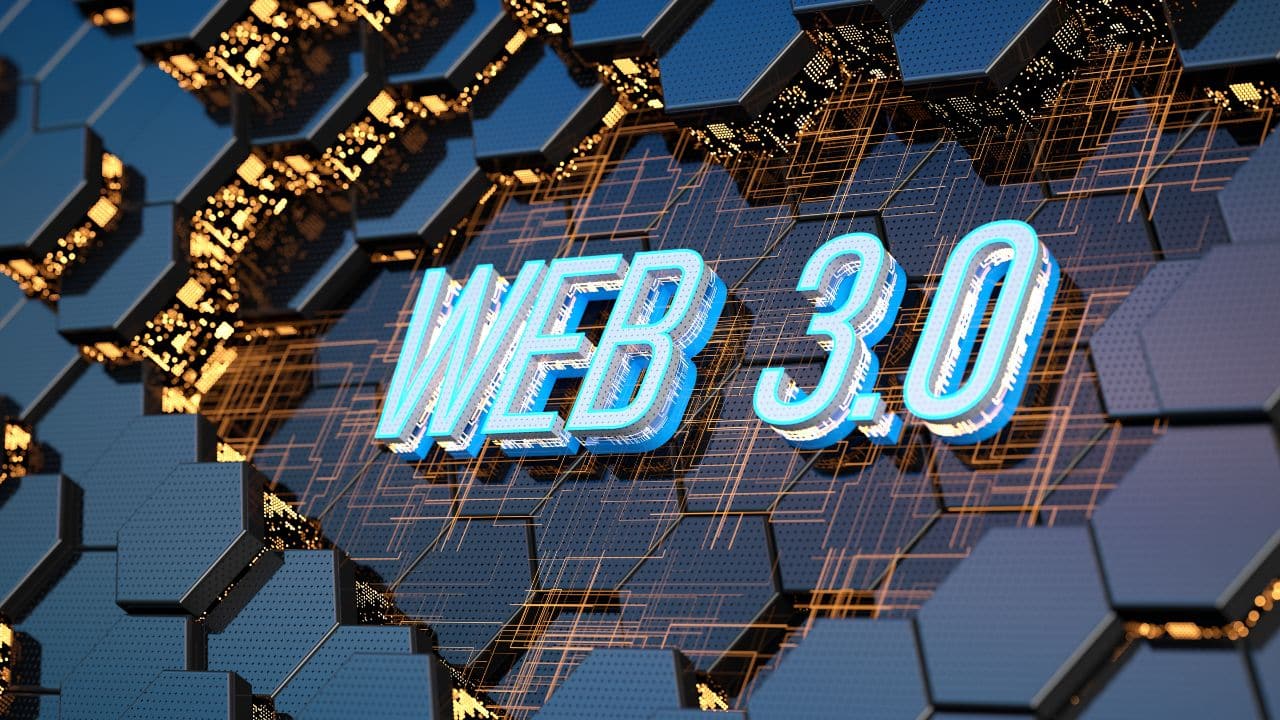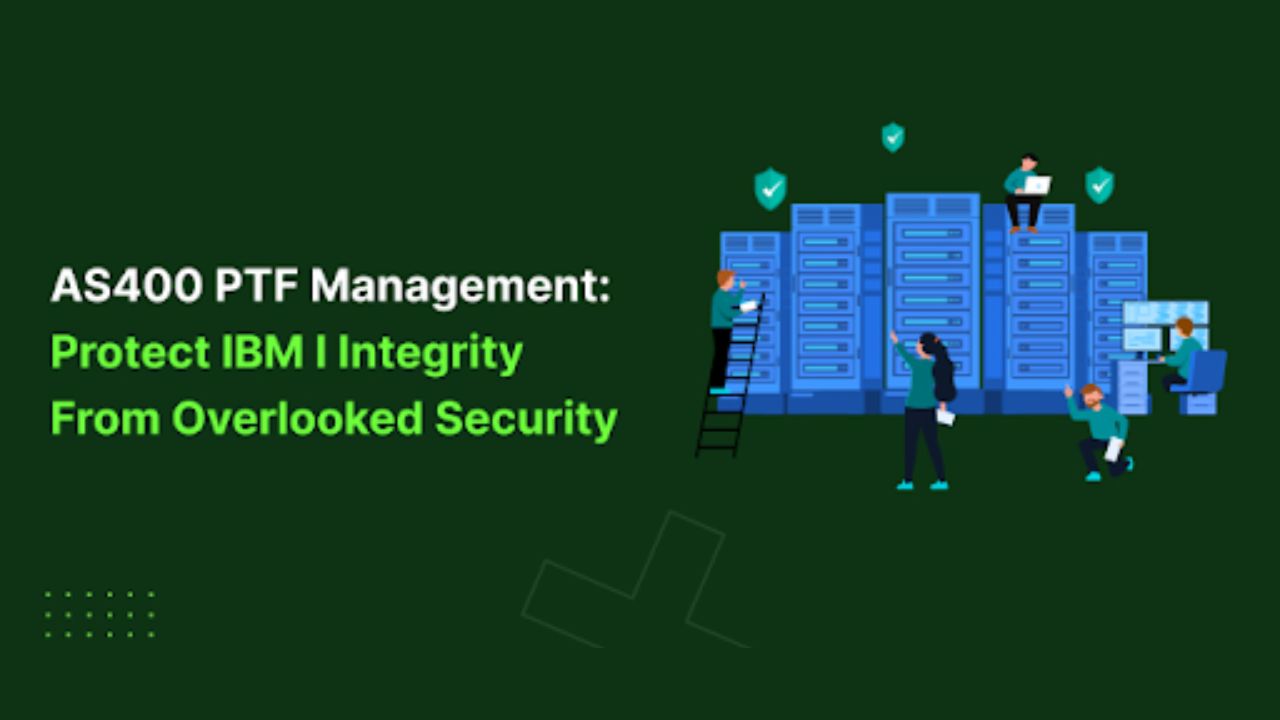The concept of Web3 is revolutionizing the internet by introducing decentralization, blockchain technology, and user sovereignty over data. However, despite its potential, the biggest challenges slowing down Web3 adoption continue to hinder its widespread acceptance. Many users, businesses, and institutions remain skeptical due to these barriers.
From scalability issues to regulatory uncertainty, Web3 faces multiple roadblocks on its path to mainstream adoption.
This article delves deep into the biggest challenges slowing down Web3 adoption and explores possible solutions to overcome them.
1. Scalability Issues in Web3
One of the biggest challenges slowing down Web3 adoption is scalability. Scalability refers to a blockchain’s ability to handle an increasing number of transactions efficiently. Traditional financial systems, such as Visa, process thousands of transactions per second (TPS), whereas many blockchain networks struggle with much lower speeds.
Current Scalability Barriers
The limitations in scalability cause congestion, resulting in higher transaction fees and slower confirmation times. Some major scalability issues include:
- Limited Block Size: Blockchains like Bitcoin and Ethereum have restricted block sizes, limiting transaction throughput.
- High Gas Fees: Ethereum’s gas fees can become prohibitively expensive during network congestion.
- Network Congestion: As more users join, existing blockchain infrastructures struggle to maintain speed and efficiency.
Potential Solutions to Scalability
To address scalability challenges, developers and researchers are exploring various solutions:
| Solution | Description |
| Layer 2 Solutions | Offloading transactions to sidechains or rollups (e.g., Optimistic & ZK-Rollups) to enhance speed and reduce fees. |
| Sharding | Dividing blockchain networks into smaller partitions to process transactions in parallel. |
| Alternative Consensus Mechanisms | Proof-of-Stake (PoS) and other consensus models aim to improve efficiency over traditional Proof-of-Work (PoW). |
By implementing these solutions, the Web3 ecosystem can improve scalability and encourage more users to adopt blockchain technology.
2. User Experience (UX) and Accessibility Challenges
Another biggest challenge slowing down Web3 adoption is the poor user experience (UX) and complex onboarding process. Unlike Web2 platforms, where users can easily log in with an email and password, Web3 requires managing private keys, crypto wallets, and gas fees.
Improving Web3 UX for Mass Adoption
To improve Web3 usability, developers must focus on:
- Simplifying Wallet Management – Integrating social logins or account abstraction techniques.
- Better Onboarding Processes – Educating users on blockchain usage without overwhelming them.
- Seamless dApp Integration – Ensuring smooth interaction between decentralized applications (dApps) and Web2 functionalities.
- Reducing Gas Fee Complexity – Implementing gasless transactions or allowing users to pay fees in stablecoins.
- Enhanced Mobile Support – Creating mobile-friendly Web3 applications to improve accessibility.
- User-Centric Design – Ensuring that decentralized applications (dApps) are visually appealing and easy to navigate.
If Web3 platforms provide a frictionless experience similar to Web2, mass adoption will be more achievable.
3. Security and Fraud Concerns
Security vulnerabilities remain one of the biggest challenges slowing down Web3 adoption. Smart contracts, DeFi platforms, and NFT marketplaces are frequently targeted by hackers. Some security concerns include:
- Smart Contract Exploits – Poorly written or unaudited smart contracts can be exploited, leading to massive losses.
- Rug Pulls & Scams – Fraudulent projects that disappear with investor funds.
- Phishing Attacks – Fake websites trick users into revealing their private keys.
- Bridge Vulnerabilities – Cross-chain bridges can be targeted by hackers, leading to large-scale thefts.
- Lack of Insurance Mechanisms – Users often have no recourse for lost or stolen assets.
Enhancing Security in Web3
To address these concerns, the following measures can be taken:
- Smart Contract Audits – Mandatory third-party audits before deployment.
- Decentralized Identity Verification – Implementing secure Web3 authentication mechanisms.
- User Education – Raising awareness about security best practices.
- Multi-Signature Wallets – Implementing multi-signature authentication for enhanced security.
- Bug Bounty Programs – Encouraging ethical hackers to identify vulnerabilities before exploitation.
- Improved Security Standards – Establishing universal Web3 security frameworks to protect users and developers.
4. Regulatory and Legal Uncertainty
Governments worldwide are struggling to regulate Web3 due to its decentralized nature. The lack of a clear legal framework creates uncertainty for investors, developers, and users, which is one of the biggest challenges slowing down Web3 adoption.
Different jurisdictions have varied approaches, leading to inconsistency and legal grey areas that complicate operations for blockchain-based projects. The absence of uniform regulations can discourage institutional participation and make compliance burdensome for startups. Additionally, governments are concerned about the potential misuse of Web3 technologies for illicit activities, further complicating regulatory efforts.
Possible Regulatory Frameworks
Possible regulatory solutions include:
- Standardized Crypto Regulations – Establishing global, standardized regulatory guidelines to bring consistency and provide clarity for businesses and investors.
- DAO Legal Recognition – Creating a legal framework that recognizes Decentralized Autonomous Organizations, enabling them to operate transparently within legal structures.
- AML & KYC Compliance – Developing decentralized identity verification systems that comply with Anti-Money Laundering (AML) and Know Your Customer (KYC) requirements while preserving user privacy.
- Taxation Policies for Web3 – Implementing clear tax policies for crypto transactions, NFTs, and DeFi activities to encourage legitimate financial participation.
- Smart Contract Regulation – Establishing auditing requirements for smart contracts to mitigate fraud and security risks without stifling innovation.
- Government-Blockchain Collaboration – Encouraging partnerships between governments and blockchain developers to create regulatory sandboxes that test and refine Web3 governance models.
5. Energy Consumption and Environmental Impact
Critics argue that blockchain technology, particularly Proof-of-Work (PoW) networks, consume excessive energy. The environmental impact of mining operations is a biggest challenge slowing down Web3 adoption.
Large-scale mining operations require vast amounts of electricity, leading to increased carbon footprints, especially in regions where fossil fuels dominate energy production. Governments and environmental groups have raised concerns about the sustainability of such operations, putting pressure on blockchain projects to adopt more eco-friendly alternatives. Additionally, the high energy consumption makes mining less economically viable in the long run, particularly with fluctuating cryptocurrency prices.
Solutions for a Greener Web3
- Transitioning to Proof-of-Stake (PoS) – Ethereum has already shifted to PoS, significantly reducing energy consumption. Other blockchain networks are also exploring PoS-based models to mitigate energy concerns.
- Using Renewable Energy for Mining – Promoting sustainable mining operations by incentivizing the use of solar, wind, and hydroelectric power to reduce carbon emissions.
- Layer 2 Solutions – Reducing on-chain transaction load through rollups and sidechains, decreasing overall energy consumption.
- Carbon Offsetting Initiatives – Encouraging blockchain projects to participate in carbon offset programs to neutralize their environmental impact.
- Hybrid Consensus Mechanisms – Exploring alternative models that combine elements of PoW and PoS to balance security and sustainability.
- Government and Industry Collaboration – Partnering with regulatory bodies and energy providers to develop policies that support sustainable blockchain operations.
6. Lack of Interoperability Between Blockchain Networks
Web3 currently operates in isolated silos, making it difficult for blockchains to communicate with each other. This limits usability and is another biggest challenge slowing down Web3 adoption.
The lack of interoperability means that assets, smart contracts, and data cannot easily move between different blockchain networks, reducing efficiency and creating fragmentation in the Web3 ecosystem. Without seamless cross-chain interactions, users and developers face restricted functionalities, leading to slower innovation and limited adoption by mainstream businesses.
The Path to Greater Interoperability
- Cross-Chain Bridges – Facilitating communication between different blockchain networks, allowing seamless transfer of assets and data across platforms.
- Decentralized Oracles – Enabling real-world data to interact with smart contracts, ensuring blockchains can access reliable and verified external information.
- Interoperable Protocols – Developing blockchain-agnostic frameworks that allow different networks to communicate through standardized protocols.
- Layer 0 Solutions – Implementing base-layer technologies that connect independent blockchains, creating a unified Web3 infrastructure.
- Shared Security Models – Encouraging blockchains to share security features and consensus mechanisms, improving overall reliability and trust.
7. Adoption Resistance from Traditional Industries
Many established industries view Web3 as a disruptive threat. Large financial institutions, media companies, and even governments resist decentralization due to:
- Loss of Control Over Data and Transactions – Traditional entities thrive on centralized control, which Web3 threatens by shifting power to users and decentralized networks.
- Regulatory & Compliance Concerns – Existing financial and legal frameworks are not designed to accommodate decentralized systems, making compliance complex and uncertain.
- Uncertainty About Long-Term Viability – Many institutions hesitate to adopt Web3 technologies due to concerns about scalability, security, and sustained mainstream adoption.
- High Implementation Costs – Integrating Web3 solutions into existing systems requires significant financial and technological investment, making institutions reluctant to transition.
- Lack of Expertise and Talent – The specialized skill set required for blockchain development is not widely available, making it challenging for traditional businesses to onboard Web3 technologies.
Encouraging Institutional Adoption
For Web3 to gain widespread acceptance, it must:
- Bridge Web2 & Web3 Technologies – Seamless integration with existing systems to make the transition smoother for traditional businesses.
- Showcase Real-World Use Cases – Highlighting tangible benefits for businesses, such as cost reduction, enhanced security, and improved efficiency.
- Regulatory Clarity & Collaboration – Governments and industry leaders must work together to establish clear guidelines that support Web3 innovation while ensuring compliance.
- Enterprise-Grade Security Solutions – Strengthening blockchain security frameworks to build confidence among financial and governmental institutions.
- Education & Training Programs – Increasing awareness and skill development in blockchain technology to encourage institutional adoption.
Takeaways
The biggest challenges slowing down Web3 adoption include scalability issues, UX complexity, security concerns, regulatory uncertainty, energy consumption, lack of interoperability, and institutional resistance. Despite these obstacles, the Web3 revolution is ongoing, with solutions continuously being developed to overcome these barriers.
For Web3 to become the new standard, collaboration between developers, businesses, regulators, and users is essential. By addressing these challenges, Web3 adoption can accelerate, unlocking the full potential of a decentralized internet.
Are we ready for a Web3-driven future? The journey has just begun!










































